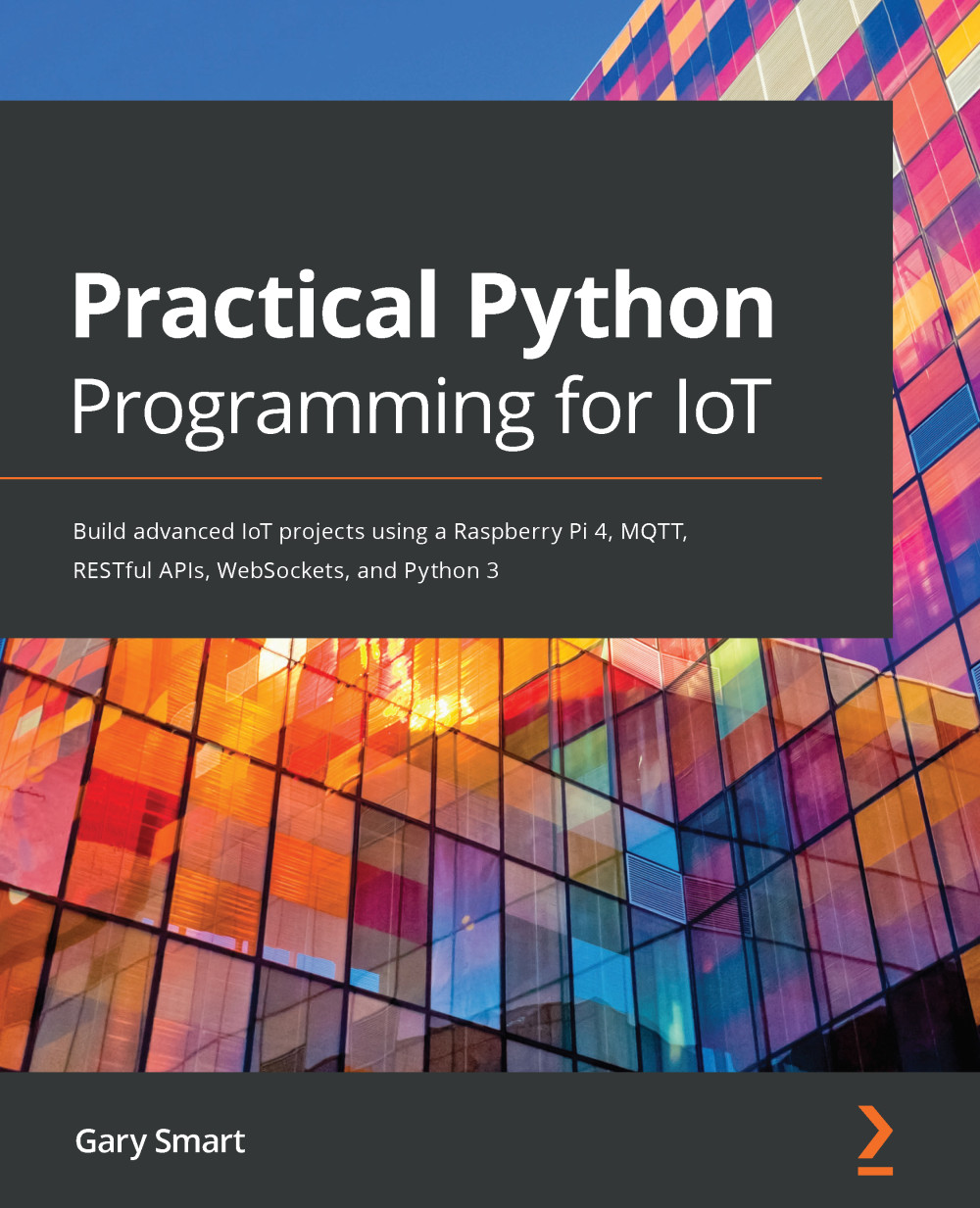Congratulations on getting this far. I suspect you're itching to get into some code after all that reading!
We will change pace now and apply some of the knowledge we just covered to add an ADS1115 analog-to-digital converter to your Raspberry Pi. An example of a typical ADS1115 breakout module is pictured in Figure 5.3:

An ADC is a very handy addition because this alone opens you up to the world of analog components and gadgets that are otherwise not usable with the Raspberry Pi.
As part of this practical exercise, we are going to connect two potentiometers (also known as pots) to the ADS1115 and read in their values in Python. We will use these values to create a PWM signal by varying its duty cycle and frequency. We'll see the effects of varying these parameters by observing how it affects the LED and how the waveform changes in a program called PiScope, which is a part...






































































